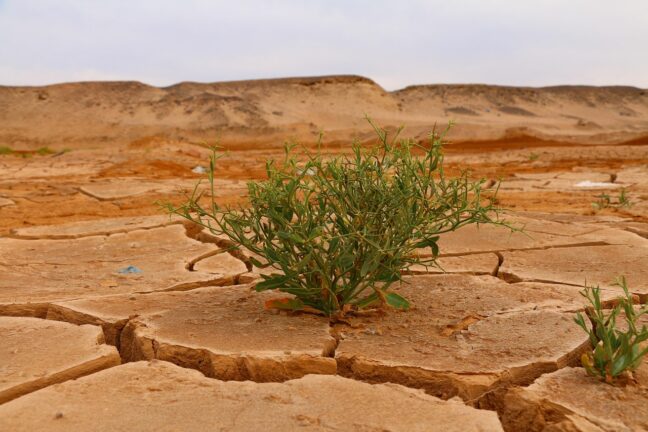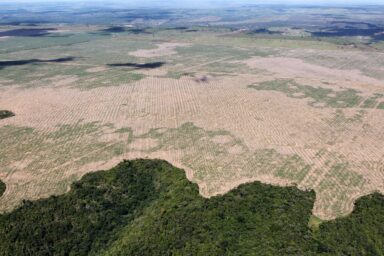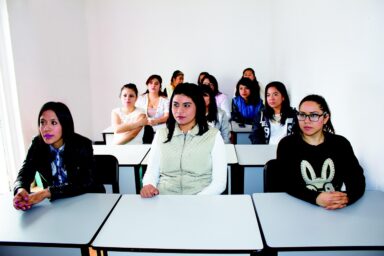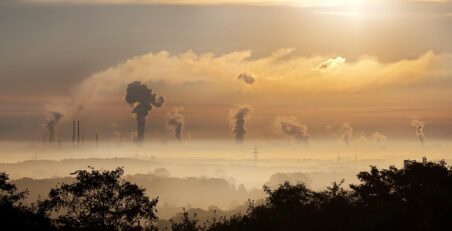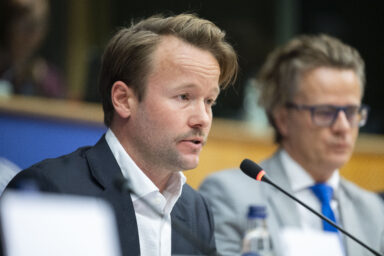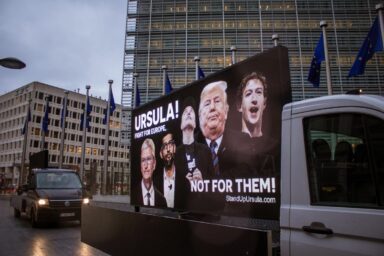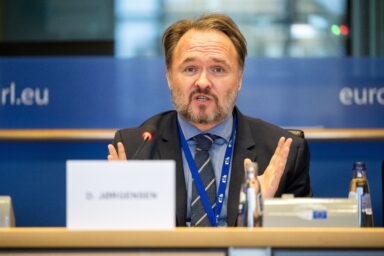Targeted export support, harder enforcement of carbon adjustment rules, and a transactional diplomacy intended to produce measurable renewables and electrification outcomes are to position the bloc as a global green leader at November’s COP30.
The European Commission on 16 October unveiled a communication titled “A global vision with global energy and climate diplomacy objectives ahead of COP30.” Teresa Ribera, the Commission vice‑president for a clean transition, presented the text alongside Commissioners Wopke Hoekstra (climate) and Dan Jørgensen (energy). The paper reframes external action on climate and energy into a delivery‑focused diplomatic strategy.
The Communication links the Clean Industrial Deal to the EU’s external policy. It aims to marshal trade, finance and diplomacy so European firms export standards and technology. The Commission positions transition policy as a route to security, competitiveness and geopolitical influence.
“We want to be what we say we need, to build on partnerships, predictability and purpose, to ensure that local communities can feel the benefits of the green agenda,” Ms Ribera said. She argued infrastructure and energy access underpin prosperity and peace.
You might be interested
The political pitch
Ms Ribera emphasised human needs. “Around the world, billions of people still lack what many of us take for granted here in Europe. Over 2.2bn people have no access to safe drinking water. 3.5bn live without proper sanitation.” She added that resilience and clean energy are foundations for security and growth.
“Without clean water, reliable energy, resilient infrastructure, there can be no security, no prosperity, and not sustainable future,” Ms Ribera said. The Commission frames assistance as both moral and strategic—helping partners while opening markets for European industry.
Mr Hoekstra placed the document in a changed geopolitical climate. “The world is much more complicated from geopolitical terms than five years ago.” He said the EU must be more assertive and business‑oriented in its diplomacy.
Market tools
Mr Hoekstra stressed multilateralism and market tools. “We are a climate leader. We want to drive sustainable change,” he said, pointing to Europe’s emissions and growth record since 1990. The strategy leans on carbon pricing, CBAM and support for partners adopting similar systems.
“We will make sure it also benefits our businesses,” Mr Hoekstra said. He described a special task force to help partners implement carbon pricing and said the EU would combine trade and technical cooperation to advance the transition.
For too long…we have, so to speak, punched below our weight. (…) When others step down, we must step up. — Dan Jørgensen, European Commissioner for Energy and Housing
The strategy is transactional in tone. It packages development aid, Global Gateway investment and export facilitation into a single offer. The aim is to attract private capital and scale cleantech abroad.
Financial leverage
On financing, officials signalled targeted instruments rather than a single new fund. “Sometimes this is just a risk premium. Sometimes it is about the business case at large,” Mr Hoekstra said, describing export credit support and multilateral development bank channels as likely tools.
“And indeed, as you were implying, this is on top of or in addition to what we’re doing in the domain of CBAM,” Mr Hoekstra cited the Carbon Border Adjustment Mechanism, EU‘s measure to price carbon embedded in imports. The Commission intends to use a mix of risk sharing, concessionality and guarantees to make projects bankable.
Mr Jørgensen framed the Commission’s push as a correction of past fragmentation. “For too long…we have, so to speak, punched below our weight,” he said, urging a coordinated, holistic approach that blends public and private resources.
Strategy in motion
Mr Jørgensen warned that multilateralism faces stress but argued the EU must step up. “When others step down, we must step up,” he said. He urged using diplomacy, trade instruments and finance to accelerate renewables deployment, especially in Africa.
He cited electrification and renewables as urgent priorities. The Communication offers technical assistance and targeted investment to shorten project cycles and scale deployment in partners’ markets.
People…care about results. And they care about the number the European Union is coming up with. — Wopke Hoekstra, European Commissioner for Climate, Net Zero and Clean Growth
Questions at the press conference exposed implementation gaps. Reporters asked about Just Energy Transition Partnerships and country platforms. Mr Hoekstra said the Communication reframes dialogue to be “more business‑oriented” and to bring European firms into partner markets.
Credibility and competition
Credibility featured heavily. Reporters asked if the EU still considered the United States a reliable partner. Ms Ribera acknowledged differences but stressed engagement. “On the other hand, we are working closely together with the American administration on the field of energy,” she said, noting LNG and potential cooperation on nuclear.
Mr Hoekstra called the EU’s credibility “rock solid” and urged peers to match European ambition. “People…care about results. And they care about the number the European Union is coming up with,” he said—pointing to emissions ranges the Commission plans to formalise ahead of COP30. The Communication sets a clear posture—practical, transactional and strategic. It offers standards, finance and market access in return for measurable transition steps. It aims to bind domestic competitiveness and external diplomacy into one coherent offer.
The test will be delivery. The Commission has promised further detail on CBAM exports and financing before year‑end. Until then the paper stands as an outline: ambitious in purpose, cautious on immediate specifics, and plainly designed to make the EU both a provider of green solutions and a more assertive global actor.
